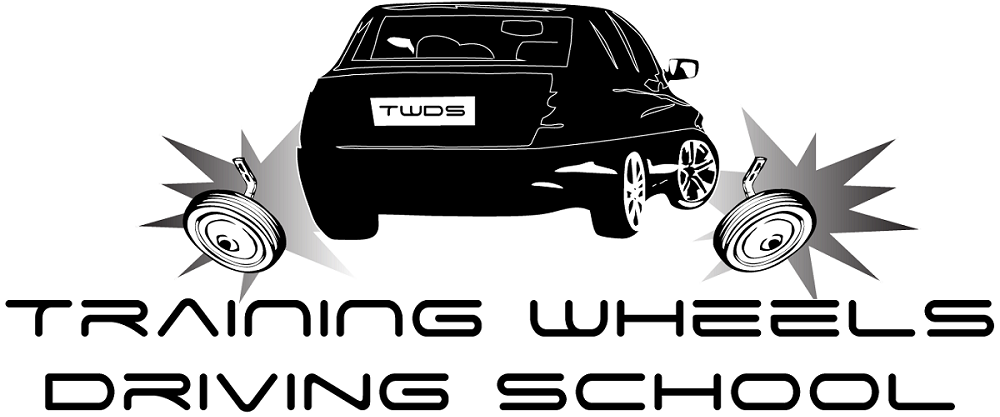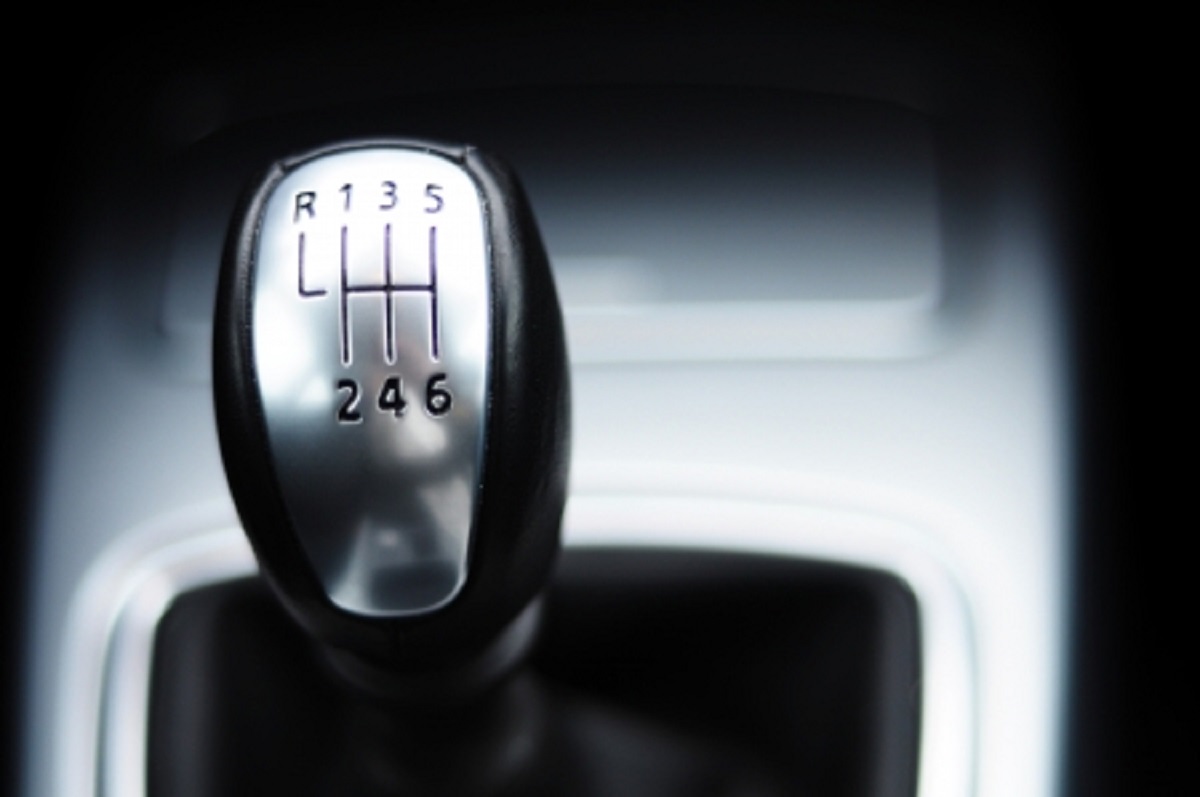It’s not uncommon that drivers opt for cars with manual transmissions rather than a simpler automatic transmission. Whether it’s a type of car they always wanted or they simply prefer working with the feel of the vehicle, stick shifts, as with automatics, come with a set of basic maintenance requirements all car owners must adhere to in order to ensure their car remains safe and in good condition. When problems start to arise, it helps drivers to know what might be causing these problems. Either way, here are some common problems found in stick shift vehicles.
Clutch Slips
The clutch’s job is to move power from the car’s engine and into the transmission, allowing drivers to switch gears. If a clutch were to slip, the engine would rev, and the car would not move at all or at least not as it ought to. This usually means the clutch has been worn down or the clutch pedal must be adjusted. When clutch pedals release high, it’s typically time for an inspection, which usually results in the clutch being replaced for safety purposes. Clutches often need replacing around every 100,000 miles.
Hard Time Getting in Gear
As with clutch slips, problems with gear-shifting often indicate the clutch might need replacing. As well, issues with staying in gear or shifting could point to an electrical issue or an external or internal transmission part that is damaged or worn. Difficulties getting into gear often require a mechanic to rebuild or replace the transmission though this problem could also mean there is a bad gear or the driver is using the wrong transmission fluid.
Clutch Sticks
Regarding a clutch that touches the floor without coming back up, this can mean the slave cylinder or clutch master has an external seal leak and must be replaced, which may cost between $100 and $300. While this is not as difficult as removing the transmission to fix the problem, the process still requires bleeding air out of the system.
Leaks and Unchanged Fluids
As with automatic transmission vehicles, transmission fluid for stick shifts still needs regularly replacing to keep internal components working properly while also preventing hydraulic failures. Typically, transmission fluid often needs to be changed every 45,000-60,000 miles, which may cost between $75-150. As well, leaks can be a problem for stick shifts, occurring largely in clutch components, such as the hydraulic lines and master/slave cylinders. This is why regular fluid level inspections are recommended to avoid any potential problems from leaks or unchanged fluids.
Think you or someone you know is in need of Behind the Wheel Training? Training Wheels is an Atlantic City driving school specializing in teaching new teen drivers how to stay safe on the road. For more information on our lessons, please click here.
Copyright: gunnar3000 / 123RF Stock Photo

